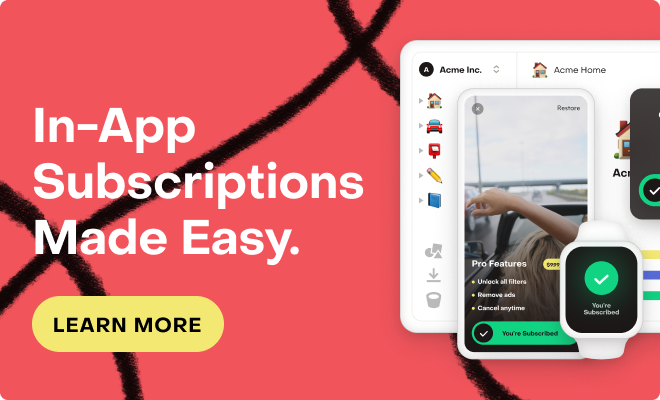I have created a product in google play console, and I also created a revenuecat product with the same id, but the the following line of code returns an empty array.
// Fetching all products by passing an array of their product_id
const products = await Purchases.getProducts(['product_id']);
// Printing the list of products available.
console.log(products);
// Example response:
[]Project info:
- Expo SDK version: 45
- React native: 0.68.2
- react-native-purchases: 4.6.1
- Device tested: android








